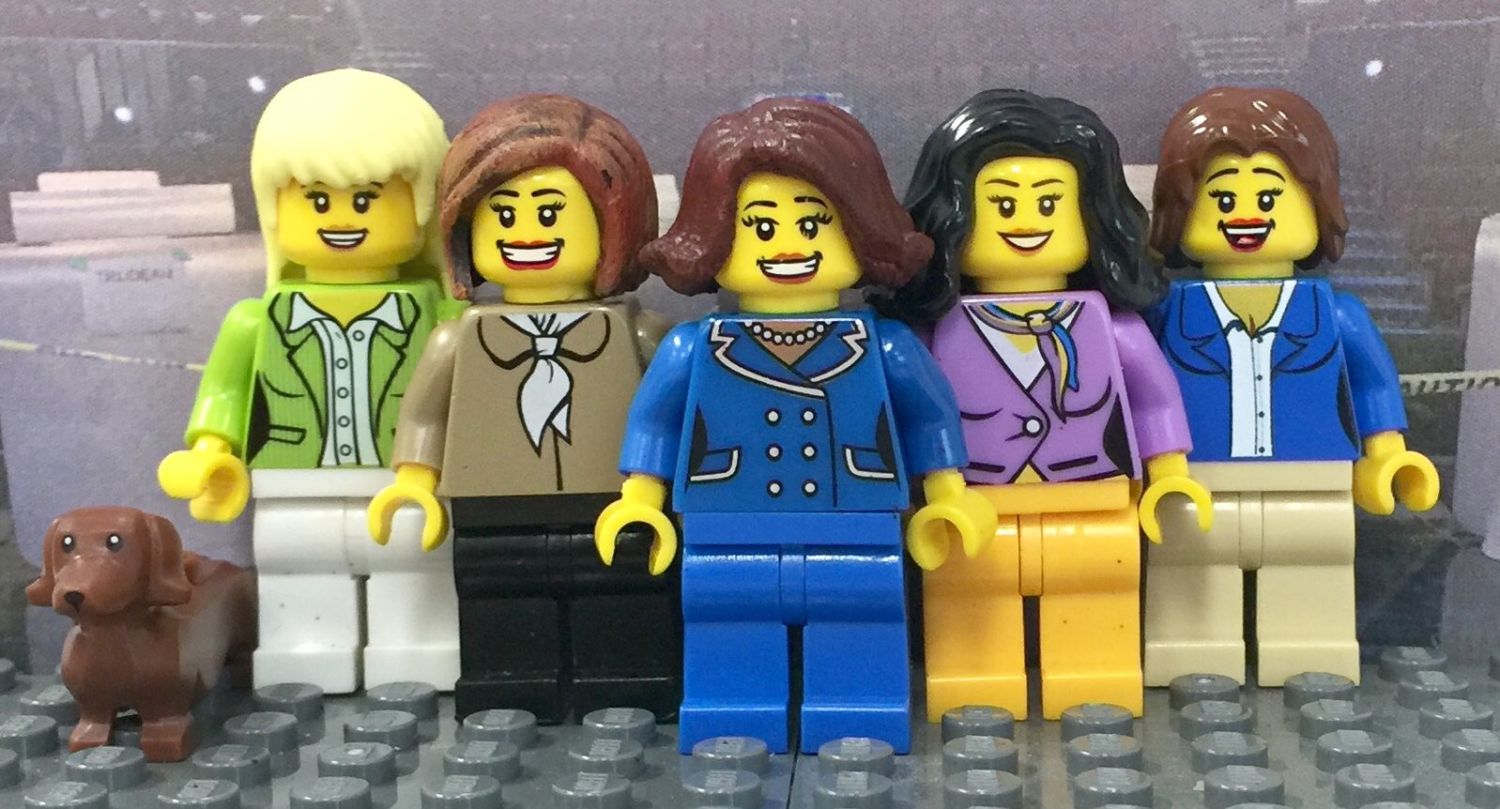5 Moments That Made History This Election
Why It Matters
Canada is entering a new decade — and the last decade for the SDGs — with a new government. In this fall series, we look back on the last ten years of social impact. To kick it all off, we’re presenting the important ‘firsts’ of the 2019 Canadian federal election, and what to look for: from the first all-female panel to Nunavut’s first youth MP.

While the results of this week’s federal election may not have surprised pollsters, several factors signal a very real shift in the make-up of Canadian politics. First off, we have a re-elected but minority government. With the current first-past-the-post system, we’re seeing polarization across the country; the last and only time a party formed government with less than 35% of the national popular vote was John A. Macdonald in 1867.
Electoral reform is needed. The global climate emergency continues. A number of industries will grapple with automation. Studies show us that charitable donations in Canada are trending downwards. As we head into the 2020s—a new decade with a new government, and a country that has articulated how it feels on a number of issues, we unpack notable firsts and what to watch from this election.
This is the first of an exciting new series exploring the movements, policies, investments, and technologies that have shaped the world of impact this decade, as we head into the last ten years for achieving the UN Sustainable Development Goals.
First all-female panel moderating an election debate
The moderators for the federal election leaders’ debate included: Althia Raj (HuffPost Canada), Susan Delacourt (Toronto Star), Rosemary Barton (CBC News), Dawna Friesen (Global News), Lisa LaFlamme (CTV News).
The chaotic debate focused on major topics from the pipelines to Quebec’s Bill 21. The line-up was met with mixed reactions — from a celebration of powerful women leading critical political discussions, to concerns about the ‘Montreal-Toronto-Ottawa axis’ and which province each journalist comes from.
What to watch: What would an all-youth panel look like? With youth voter turn-out increasing, and with the recent climate strikes, what can adults learn from children and youth when we look to the future of Canada?
Record number of women elected to parliament
In 2015, 88 women were elected in the federal election — 12 more women than in 2011. In 2019, we’re seeing more women in parliament than ever before, with the number of MPs jumping to 98: 29% of the House. That’s the highest it’s ever been.
What to watch: While we’re seeing strides towards gender parity, we saw less federal candidates from the LGBTQ+ community running — and when it came to LGBTQ+ issues, Pride parades and blood donation caused hot debate, while unclear statements were made by party leaders on same-sex marriage.
First Green MP in New Brunswick
Canada’s east coast elected its first Green Party candidate, Jenica Atwin, who said climate change was the number one issue on voters’ minds in Fredericton after the disastrous floods earlier in the year. With 33% of the vote, Atwin also became New Brunswick’s first female MP.
What to watch: The Green Party has a 20-step climate action plan. As we enter the last decade for the SDGs, how will Canada unite to reach its climate goals?
First Inuit Youth Elected in Nunavut
Mumilaaq Qaqqaq made history this election, and says it’s time for Ottawa to “hear a strong Arctic voice”. Qaqqaq was the youngest candidate running federally in the three territories, and aims to increase funding to the area, and the federal government’s understanding of how Nunavut works.
In this election, four First Nations, four Métis, and two Inuit candidates were elected. While this is fewer than the 2011 election (where we saw a record of 11 Indigenous candidates elected), the Assembly of First Nations stated that there was a record-setting number of Indigenous candidates in the 2019 race.
What to watch: We’re seeing an increase in the diversity of candidates. Heading into the next decade, what will inclusivity look like on the national stage?
First time voters on the increase
Early exit polling numbers showed that for 8% of voters, the 2019 Canadian Election was their first time casting their ballot: double the number from the 2015 federal election. What’s more, a majority of these first-timers were between the ages of 18-35, and studies show that more millennials are now eligible to vote than baby boomers.
What to watch: Despite this increase in first-time voters, overall voter turnout for this election dipped 2.3% from 2015. As we head into the next decade, and as the youth who marched for climate strikes become eligible to vote, how will Canada’s political landscape evolve?
In the next article of this series, we’ll be exploring the top five movements that have influenced this decade of social impact — and how they’ll continue shaping our future.

